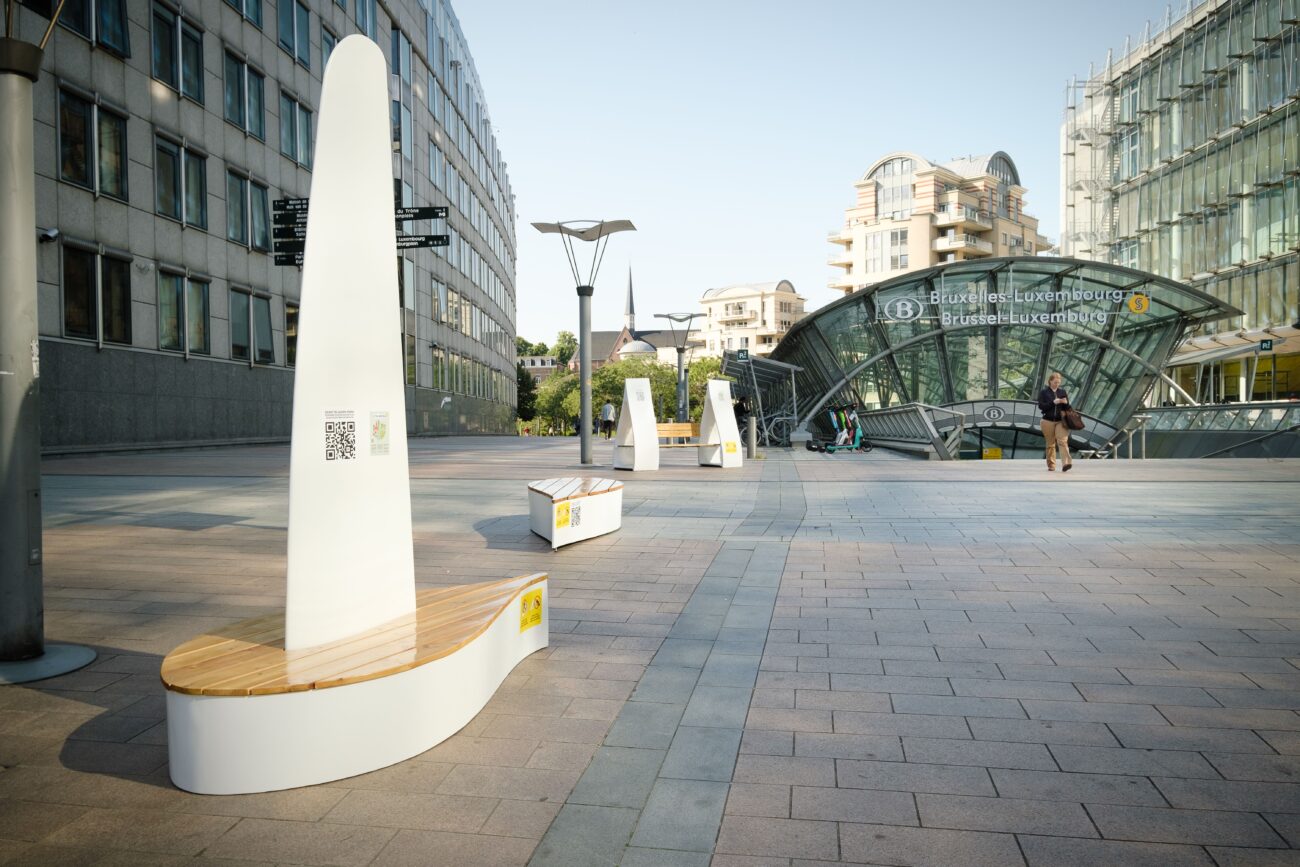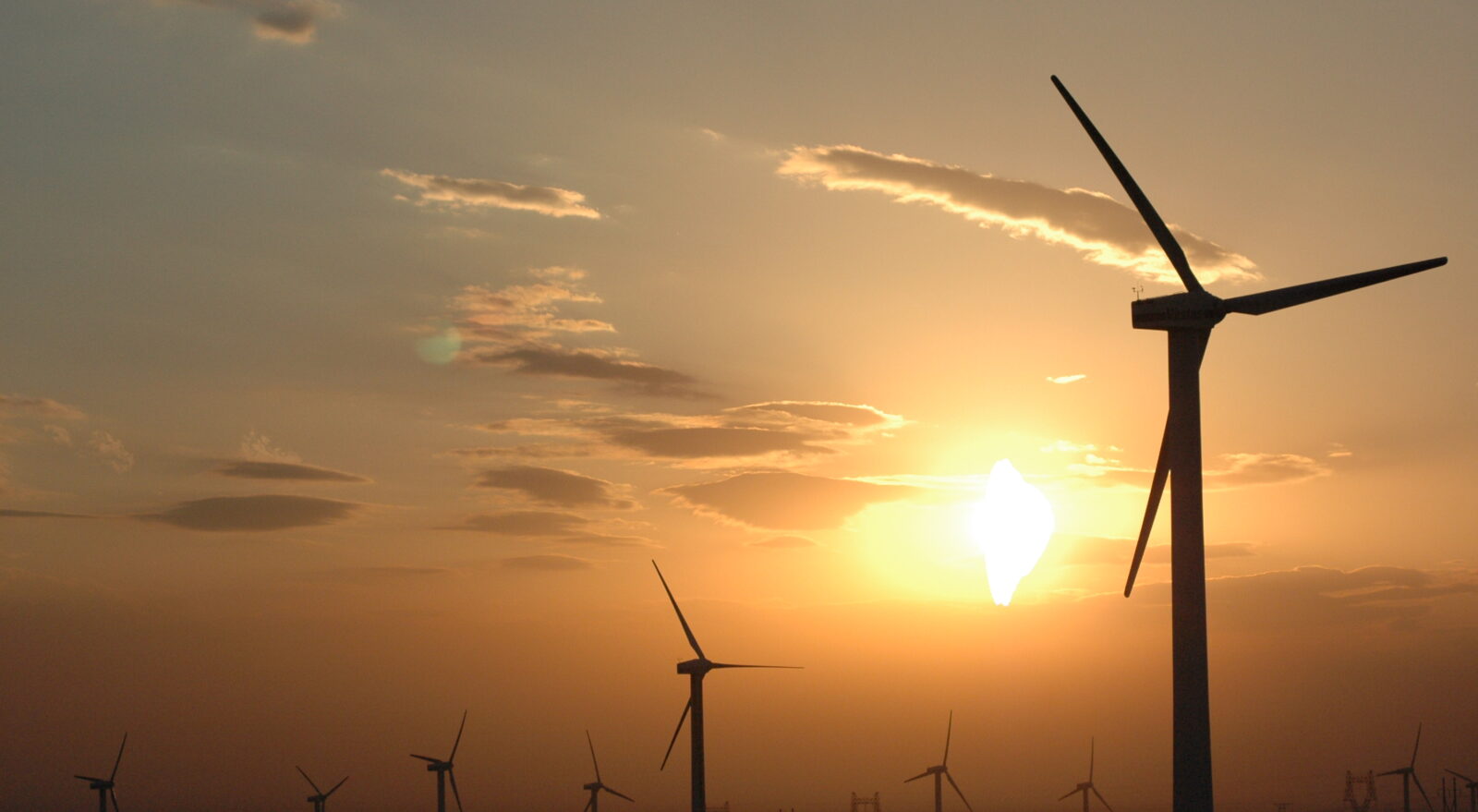Wind has become one of the largest sources of renewable energy—comprising around 16% of the European Union’s electricity demand. Clean, free, and available across Europe, this resource is central to the continent’s energy security strategy. Nearly 90% of a wind turbine’s total mass can be recycled, and the remaining percentage—which relates mostly to the blades—is on its way to being reusable as well.
In honour of Global Wind Day on June 15, WindEurope, an organization that counts 500 members from across the value chain of wind energy, from turbine manufacturers to wind farm developers and national wind energy associations, is organising an exhibition in front of the European Parliament in collaboration with the Commune of Ixelles in Brussels to show the importance of the circular economy and use of renewables. Running for two weeks, from 5-16 June, on the Esplanade Solidarność, WindEurope will be displaying urban architecture pieces crafted from old wind turbine blades.
“A lot of effort is being put on recycling—and 98% of new turbines are recyclable,” explains Malgosia Bartosik, Deputy CEO of WindEurope, adding that in 2021, the European wind industry called for a Europe-wide ban on landfilling old blades. “Those coming off the grid now, they can’t be recycled, but you can upcycle and use the blades in different ways, shredding and mixing them with wood for furniture, for example. We’re trying to show we can be creative with solutions.”
Wind turbines are placed in a variety of locations, from hills and open landscapes to the bottom of the sea or offshore, where a single turbine can generate enough electricity in a day to power more than 10,000 households. Since this energy doesn’t have to be imported, it’s the key to helping Europe get closer to energy independence. Since since the start of the Russian invasion of Ukraine last year, this renewable resource has saved Europe a billion euros in gas imports[LN1] .
A wind farm’s lifetime is around 20-25 years, with some upgraded or repaired turbines lasting nearly 35 years. When a wind farm has reached its peak, it’s repowered, with new turbines that are 6-10 times more powerful replacing the old ones. One of the big questions being asked is what will happen to old wind turbines, since there will be a ban on landfill starting in 2025 in Europe, and not that many wind farms are old enough to be dismantled, explains Bartosik.
“We’re working to bring solutions that can be of public use and want to visualize our arguments with an exhibition that’s interactive. It’s one thing when you write a report and another when you show it to people,” she says, adding that the blades are the perfect material for outdoor furniture like what is being shown at the exhibition, since they are weather resistant. “The city will play a role in energy transition to educate citizens and use it as a hook to talk about the importance of climate change and green energy.”

Bartosik is quick to point out that the exhibition isn’t targeting policymakers — WindEurope wants this to be a message that speaks to the people. Poland-based GP Reblade worked with artists, architects, designers and students to transform old blades into sculptural benches, lounge chairs, flower pots and tables that are suited for public spaces like gardens and parks. Each piece has a QR code, so viewers can scan and learn more about the design and understand how an industry can be resource-efficient and work toward developing a permanent magnet supply chain with sustainable materials that minimally impact the earth.
“We have to be aware who we want to talk to and adapt measures, tools, and platforms for audiences we want to make an impact on,” says Bartosik. “Energy and climate change used to be a topic that was scientific and technical, but understanding how to offset your carbon footprint is of interest to everyone. We need to adapt our language so people think this topic is interesting and realize the impact wind and energy has [on the community, and the planet as a whole].”
A strategic industry for Europe, the wind industry’s 300,0000 jobs contribute €42bn to the EU’s GDP, and each new turbine averages €10m in economic activity. Around 248 factories are scattered across Europe, and wind farms bring €7bn in taxes to the places they’re located, which are often rural communities.
As Ben Backwell, CEO of the Global Wind Energy Council (GWEC), put it: “Wind energy is now one of the most competitive energy sources in markets across the world and is one of the key technologies we need to build the clean energy system required to limit global warming to 1.5°C. The growth of both onshore and offshore wind throughout the world also means more local investment, job creation and energy savings. The question now is not ‘why wind energy’ but rather ‘why not’?”
